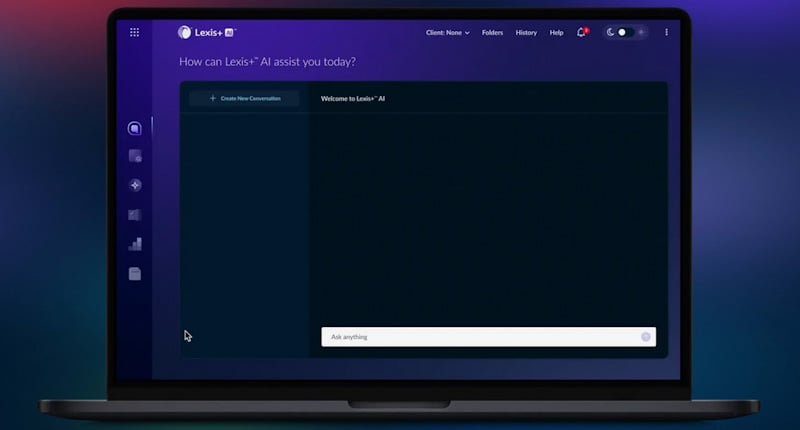The Race on Roberts
The ABA Standing Committee on Federal Judiciary might better be called the “racing committee” after the unprecedented series of events leading up to testimony before the Senate Judiciary Committee on the nomination of John G. Roberts Jr. for chief justice.
When President Bush announced his intention to nominate Roberts on July 20 to succeed retiring Justice Sandra Day O’Connor, the 15-member committee for vetting judicial nominees had less than three weeks until the ABA Annual Meeting. That is when seven of them would cycle off the committee and new members would come on. So they hustled to complete interviews with more than 300 federal and state judges, lawyers, former law clerks, academics and others before the Aug. 7 passing of the committee’s gavel. They looked at the nominee’s judicial temperament and professional competence.
Further, two reading committees of academics and practitioners read all of Roberts’ judicial opinions and much of his writing during his legal career.
The ABA committee’s “well qualified” rating, its highest, went to the Senate Judiciary Committee on Aug. 17. Then it was just a matter of preparing for the testimony about its findings scheduled for Sept. 9.
But then on Sept. 6, after the death of Chief Justice William H. Rehnquist, the president tapped Roberts for chief justice. The newly constituted ABA standing committee suddenly had to race to conduct more than 80 additional interviews concerning Roberts’ administrative and leadership skills–all in just under a week.
“Considering the crunch, it was seamless,” says Stephen L. Tober of Portsmouth, N.H., who took over as chair of the ABA committee on Aug. 7.
In both the initial investigation and the supplemental one, the ABA committee was unanimous in giving its highest rating. “He has the admiration and respect of his colleagues on and off the bench,” Tober told the Senate Judiciary Committee. “And he is, as we have found, the very definition of collegial.”
In-House Review
In 2001, the Bush administration removed the abafrom its nearly half-century role of vetting federal nominees for district and circuit courts before their names were announced. The Nixon administration had ended the ABA’s pre-announcement vetting for Supreme Court nominees in 1971 after two names were leaked. But those leaks apparently came from within the administration, says Sheldon Goldman, a political science professor at the University of Massachusetts at Amherst.
Now the ABA does its reviews after the nominees are announced. In recent years, the ABA’s peer ratings of nominees have been criticized by whichever side feels its ox is being gored. But at the conclusion of Tober’s testimony Sept. 15, Judiciary Committee members from both sides of the aisle praised the ABA’s work.
“I just want to reiterate: We know how much work this entailed,” Sen. Joseph Biden, D-Del., said at the end of Tober’s testimony. “And truly, we thank you. There have been debates in this committee in the past about the relevance and importance of the ABA recommendation. I think it’s important, what you do. I think we all do now.” Sen. Orrin Hatch, R-Utah, joined in: “Let me just second that. I’ve certainly appreciated over the years the good work you’re doing, and I have to say that over the last number of years it’s just been exemplary.”
The ABA has rated Roberts four times. He received a “qualified” rating in 1992 for a federal appeals judgeship, but the Senate never moved on it. In 2001 he received a “well qualified” for a similar position, but again the nomination was not moved forward. In 2003 he received another “well qualified” on his way to a seat on the U.S. Court of Appeals for the District of Columbia Circuit.



